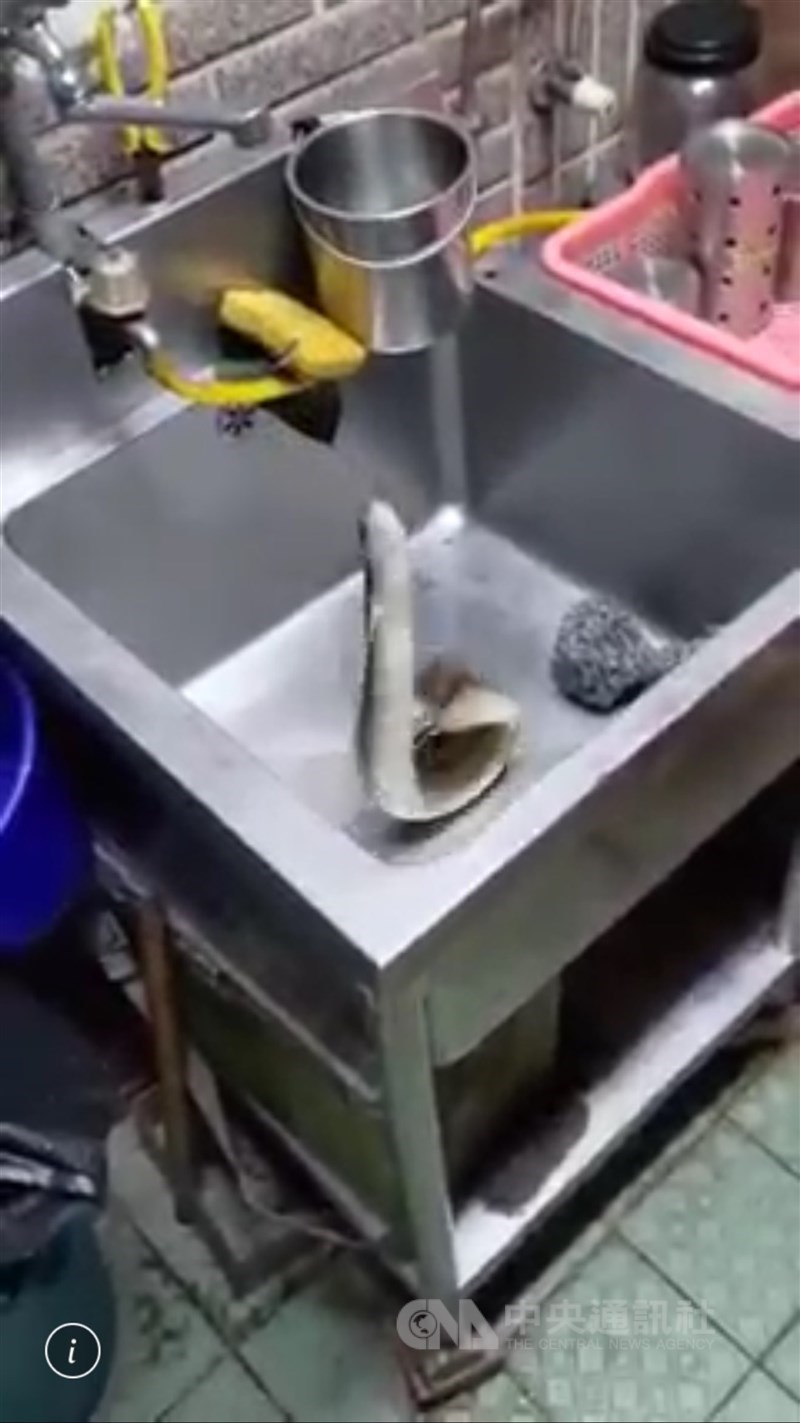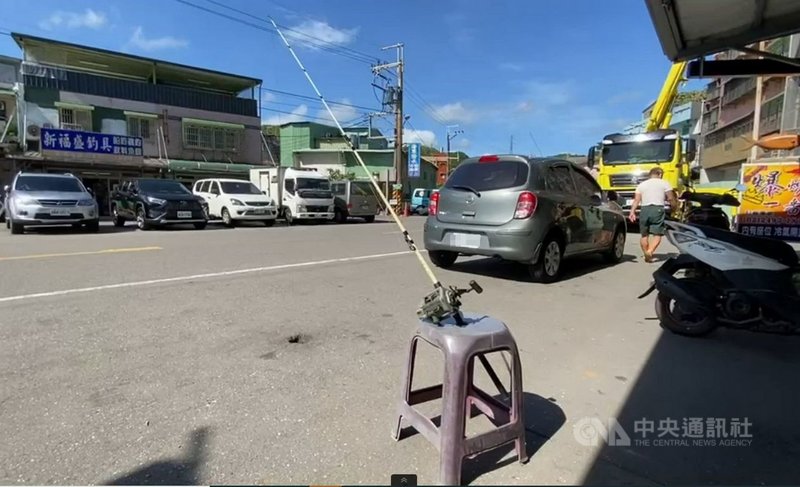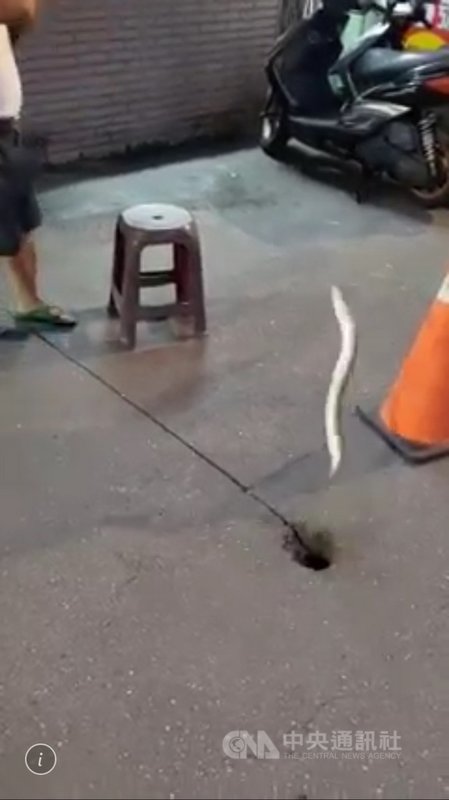Androgens stimulate the development of the preantral follicle in mammals (Walters et al. 2012). In fish, androgens participate in the promotion of primary and/or early secondary ovarian follicle growth (reviewed by Monson et al. 2017). The stimulatory effect of androgens has been reported in Atlantic cod (Gadus morhua) in vitro and in coho salmon (Oncorhynchus kisutch) in vivo (Monson et al. 2017). Androgens also significantly promote primary growth (PG) and the pre-vitellogenic (PV) transition in eels in vivo (Anguilla japonica: Huang et al. 2012; Anguilla australis: Lokman et al. 2015). Furthermore, androgen treatment is recommended prior to or during eel artificial maturation (Anguilla japonica: Huang et al. 2020 references therein; Anguilla australis: Lokman et al. 2015; Anguilla anguilla: Mordenti et al. 2018).
On the other hand, the effects on artificial eel maturation show a high variability among individuals (see Mordenti et al. 2018,); indeed, artificial eel maturation is often unsuccessful (Ijiri et al. 2011; our accumulative observations), or eels do not respond to the treatment (Rojo-Bartolomé et al. 2017). The eels were treated with piscine pituitaries extracts to stimulate ovarian development; both treated eels and piscine pituitaries to use were all from undefined populations, and both might be subject to great individual variation. Indeed, variations in gonadal development prior to hormonal treatment have been reported (Ijiri et al. 1998). The outcome of artificial eel maturation has been found to be related to “the maturity status of parental females at the beginning of artificial maturation trials” (Ijiri et al. 1998) and “the physiological status of the eels just before hormone” (Higuchi et al. 2019). Meanwhile, by tracking the ovarian development prior to and after 17α-methyltestosterone (17MT) treatment in the same eel, the concept has been supported (Huang et al. 2020).
17MT, compared with piscine pituitaries extracts, can be quantified and described. We showed that the initial ovarian status is an important factor contributing to the outcome of artificial maturation by 17MT; although there was no significant (p > 0.05) difference in the mean of initial (debut, prior to treatments) oocyte diameter, the proportion of oocytes with a diameter over 100 µm in the initial ovary appeared to be an important factor to the outcomes (Huang et al. 2020); we questioned what factors caused the sensitivities to androgens and led to the outcomes. The relationships between the initial ovarian gene expression profiles and the effects of on oocyte development were studied. We postulated that this sensitivity of initial ovaries might be explained based on their gene expression profiles. As the activation and development of ovaries are sophisticated (reviewed by Hsueh et al. 2015; Zhang et al. 2018), myriad factors and ample genes interact with each other to control folliculogenesis (Kallen et al. 2018). Following this concept, high-throughput methods for the large-scale analysis of ovarian gene functions (e.g., Ribas et al. 2019) can be used to approach this question.
In teleosts, although few studies on ovarian transcriptomes have been reported, there is a lack of transcriptome analysis on early folliculogenesis (reviewed by Zhu et al. 2018). In coho salmon (Oncorhynchus kisutch), 11-ketotestosterone promoted the growth of primary ovarian follicles and altered the ovarian transcriptome dramatically (Monson et al. 2017). In Japanese eel, ovarian transcriptomic information from eels treated with salmon pituitary extracts has been reported (Lee et al. 2017). Artificial maturation in eels appears to be paralogue to “personalized medicine” in human diseases. Identifying a set of gene biomarkers to predict or estimate the outcomes of eel artificial maturation is necessary. This work will be based on the transcriptome and analyses of transcriptomic information.
Japanese female eels (Anguilla japonica) were treated with 17MT, ovarian transcriptomic data were mined by NGS, and the inter-correlations between 17MT sensitivity and gene expression profiles were analyzed. Transcriptomic data were mined by functional gene classification as well as based on cutoff-based differentially expressed genes (DEGs). Our results indicated that the gene expression profiles of the initial ovary correlated with the outcome of 17MT treatment, and our results implied that the genes related with neuronal activities or neurogenesis in the initial ovary might be an important factor influencing the outcomes of hormonal treatments in Japanese eels.



